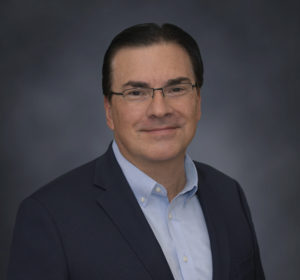
Whether the threat is an inbound hurricane, fast-moving wildfire, massive power failure, active shooter on the loose in the community or any threat to the safety and security of your long term care facility, all roads lead to the Nursing Home Incident Command System (NHICS) when it’s time to manage emergencies and disasters.
In accordance with CMS Emergency Preparedness regulations as well as best practices, skilled nursing facilities are required to develop a resourceful Emergency Operations Plan (EOP) to provide specific guidance on how to manage all of the different types of threats and perils that can impact a facility as cited in a risk analysis or Hazard Vulnerability Assessment. Due to the dynamic nature of emergency situations, there are unique characteristics in every scenario that may not necessarily be addressed in the written plan.
That is why the Nursing Home Incident Command System (NHICS) should be a critical component of every long term care community’s emergency management program. NHICS provides the “framework” of incident management regardless of the specific circumstances or timelines of an evolving incident.
The Incident Command System (ICS) as promoted by FEMA and the National Incident Management System (NIMS) is a standardized, all hazards emergency management model used by healthcare facilities, first responders and many other types of organizations to manage emergencies and disasters through the establishment of command and control while promoting flexibility. Here’s an example of why command and control along with flexibility is so important:
What happens when the emergency generator fails in the midst of a massive region-wide power failure during a hurricane and suddenly catches fire while technicians attempt to fix it?
Does this sound like a far-fetched scenario? As seasoned long term care professionals know, stranger things have happened. While a facility’s EOP contains plans for each of these types of incidents (power failure, generator failure, hurricane and fire), the plan likely does not provide specific guidance on the exact sequence of events and circumstances that are experienced when conditions rapidly change.
Having a proven and trusted emergency management model like NHICS integrated into all aspects of a SNF’s emergency operations will give team members the ability to be flexible as well as “interoperable” with the community’s first responders (fire, police, EMS, emergency management, etc.) who also utilize ICS.
Here are links to two state healthcare associations that provide the tools and resources for NHICS on their Emergency Preparedness websites:
Stan Szpytek is the president of the national consulting firm, Fire and Life Safety, Inc. based in Mesa, Arizona, and is the Life Safety/Disaster Planning Consultant for the Arizona Health Care Association, California Association of Health Facilities (CAHF), Utah Health Care Association and American Assisted Living Nurses Association (AALNA). Szpytek is a former deputy fire chief and fire marshal with more than 40 years of experience in life safety compliance and emergency preparedness. For more information, visit www.FLSafety.org or e-mail Szpytek at [email protected].
The opinions expressed in McKnight’s Long-Term Care News guest submissions are the author’s and are not necessarily those of McKnight’s Long-Term Care News or its editors.





